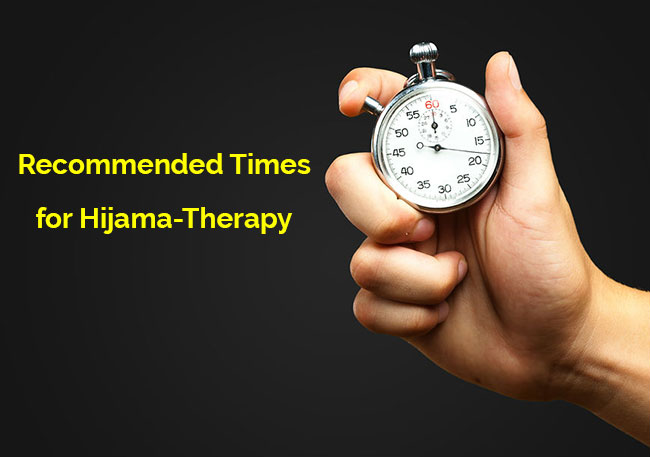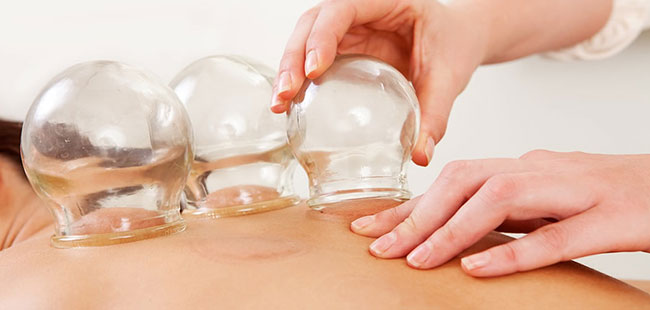Recommended Times for Hijama-Therapy
 Best Weekday for Hijama
Best Weekday for Hijama
It is impossible to establish an universal rule for the best day of the week for Hijama. Many Muslims (especially from the sub-continent) consider Thursdays to be a specially blessed day of the week for Sakat (which means Charity, Welfare – it is one of the Five Pillars of Islam). Many Hakim (Muslim healers) see Thursdays as the best week day for a Hijama treatment. I too like to do special treatments on Thursdays but generally recommend to select less busy week days which you can relax on and use to focus on your well-being. The Hijama-session itself takes a total of approx. 1-2 hours.
Best Time of Day for Hijama
The best day time for Hijama is – similar to cupping and leeching – in the morning and before lunch time. Ideally you have eaten nothing or little before the treatment. There is only some bleeding after a Hijama session, and you can be active again soon. Should you give more blood during a session, you should rest for the remainder of the day. After treatment you should enjoy fresh vegetables and fruit, drink plenty of water, herbal teas (such as Nettle tea and Peppermint) and fresh juices that nourish, delight and replenish you.
Ideal Days of the Month for Hijama
We can observe the power of the moon in plants, animals and natural events and we can also observe it in ourselves. The tides are the rise and fall of sea levels caused by the combined effects of the gravitational forces exerted by the Moon and the Sun and the rotation of the Earth. The water of the seas is slightly lifted due to the gravity of the moon while the Earth underneath the seas keeps on rotating. The Moon is indeed so powerful, some scientist propose that the tidal effect of the Moon may have helped trigger the convection on the Earth that led to the multi-plate tectonics. What has been also established is that the moon is directly responsible for life on Earth and acts as the Earth’s protector taking thousands of hits from asteroids who would have otherwise hit our planet.
The moon is of great importance in Islamic science, alchemy and esoterical studies and this dedication to the study of the moon speaks of the remarkable wisdom in the Islamic healing arts that have always worked to integrate the material with the esoterical and the subtle realms (that which is unseen, such as the Psyche). This is a truly holistic approach to life and all existence.
The best days for Hijama appear to be the seventeenth day until the twenty-seventh day of the lunar month (day seven-teen to twenty-seven after last the full-moon). I want to study this further in my practise and may make amends to this statement.
During the first days of the lunar month, i.e. from the first day until of the fifteenth day, blood-flow and blood re-newal is stimulated.
In the middle of the lunar days (12-13-14-15), the strong pull of the moon continues to stimulate the blood, and through Hijama the body would loose much of its young blood cells which is counter-productive to the aim of the Hijama treatment, which is to clean the body of old tissue and stimulate blood renewal.

